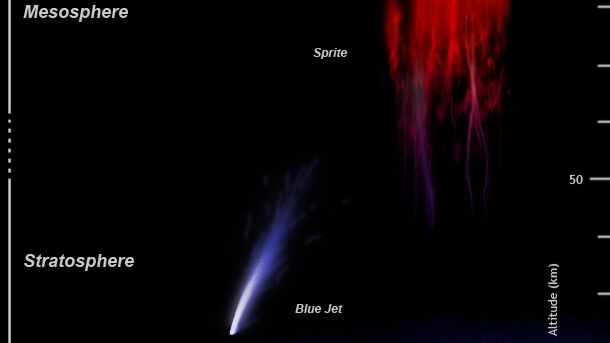- Why Scientists Track Atmospheric Carbon With Giant Towers - October 7, 2025
- The Link Between Melting Ice and Rising Sea Levels Explained - October 6, 2025
- How Ocean Currents Help Regulate Global Climate - October 5, 2025
Red Sprites: Dancing Jellyfish Above the Clouds
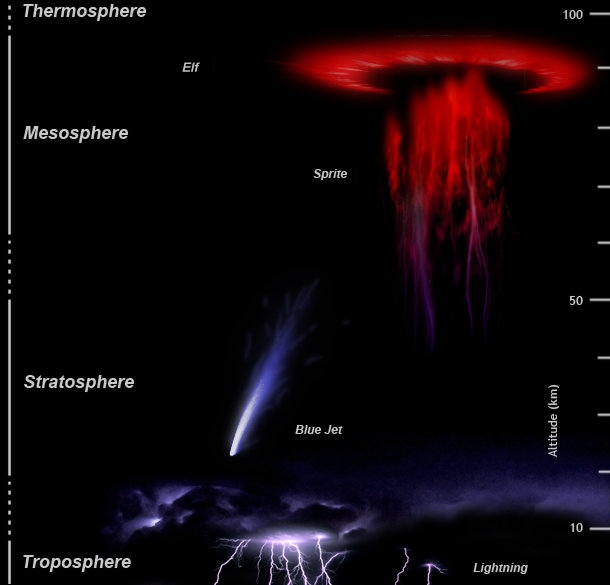
Red sprites, captured most recently in December 2024 in Mississippi, are by far the most common transient luminous event observed by both researchers and photographers. Some have described these flashes as looking like carrots or jellyfish. These ethereal phenomena occur high in the upper atmosphere, shooting upward from thunderstorms in a spectacular display that most people never witness. In 2022, astrophotographers Angel An and Shuchang Dong captured 105 red sprites, the largest number ever seen in a single thunderstorm in South Asia, researchers recently reported in the journal Advances in Atmospheric Science. According to scientist reports, on August 14, 2023, astronomer Stanislav Kaniansky caught one on film as it “briefly hovered in the air like a gigantic jellyfish during a thunderstorm over central Europe.” The phenomenon continues to captivate those who chase these elusive displays across the night sky.
Blue Jets: Electric Rockets Piercing Space
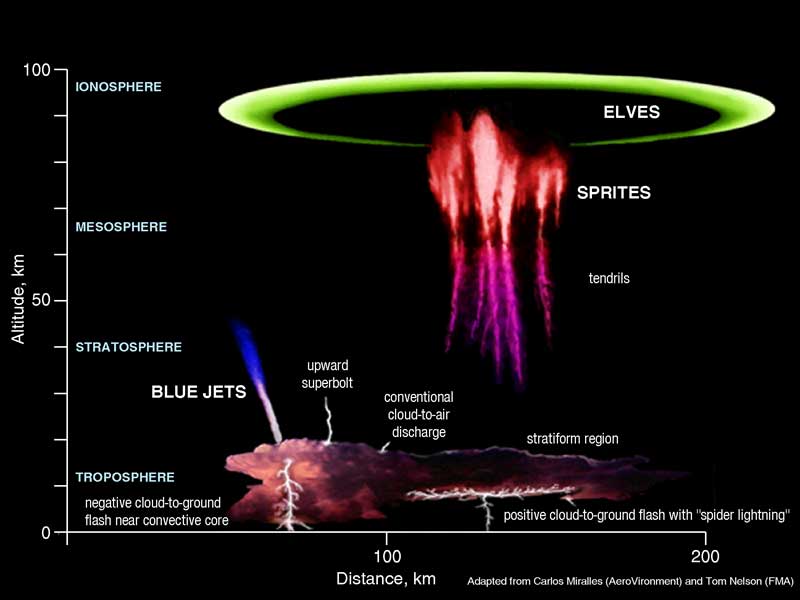
Unlike typical lightning, which strikes between clouds or from clouds to the ground, blue jets ascend into space. The blue jet recorded over Nauru reached an altitude of 32 miles and was visible for only 10 to 20 milliseconds. Blue jets emanate upwards from cloud tops at speeds of about 100–140 km/s (60–90 mi/s) and have a conical shape extending up to around 50 km (30 mi) in altitude, lasting 200 to 300 milliseconds. The color is believed to be due to a set of blue and near-ultraviolet emission lines from neutral and ionized molecular nitrogen. What makes these phenomena particularly mysterious is their rarity and the fact that they shoot directly upward into space, connecting our atmosphere to the cosmos above.
ELVES: Expanding Rings of Light
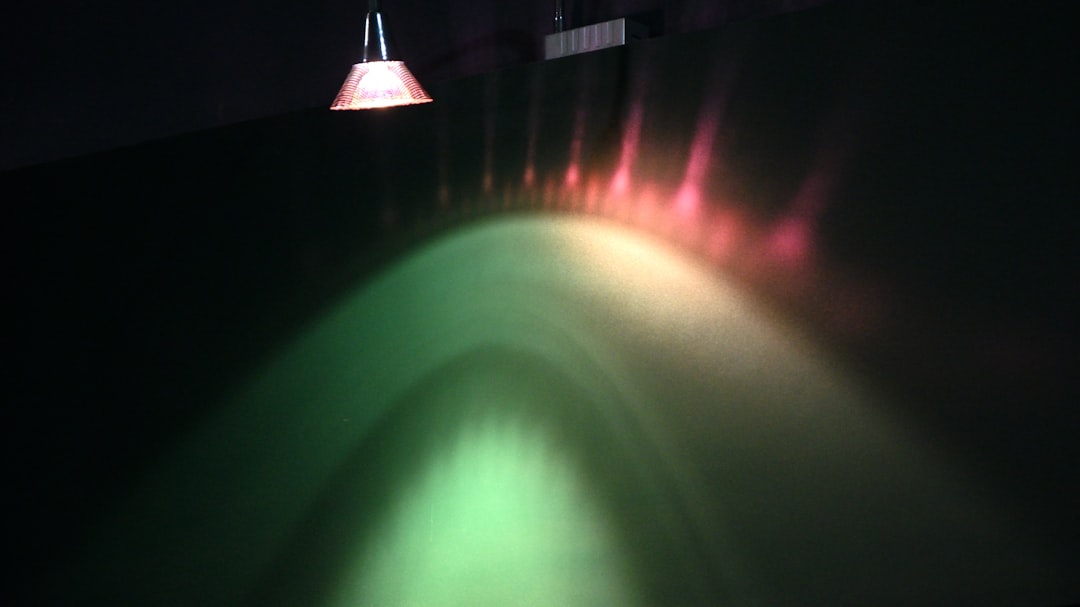
ELVES often appear as a dim, flattened, expanding glow around 400 km (250 mi) in diameter that lasts for, typically, just one millisecond. They occur in the ionosphere 100 km (62 mi) above the ground over thunderstorms. Their color was unknown for some time, but is now known to be red. ELVES (Emission of Light and Very Low Frequency perturbations due to Electromagnetic Pulse Sources) are indistinct types of TLE, producing large diffuse and expanding ring-shaped glows, up to 400 km in diameter. Despite their massive size, these phenomena last for such brief moments that they were nearly impossible to study until recent technological advances allowed scientists to capture and analyze them properly.
Gigantic Jets: The Sky’s Lightning Towers
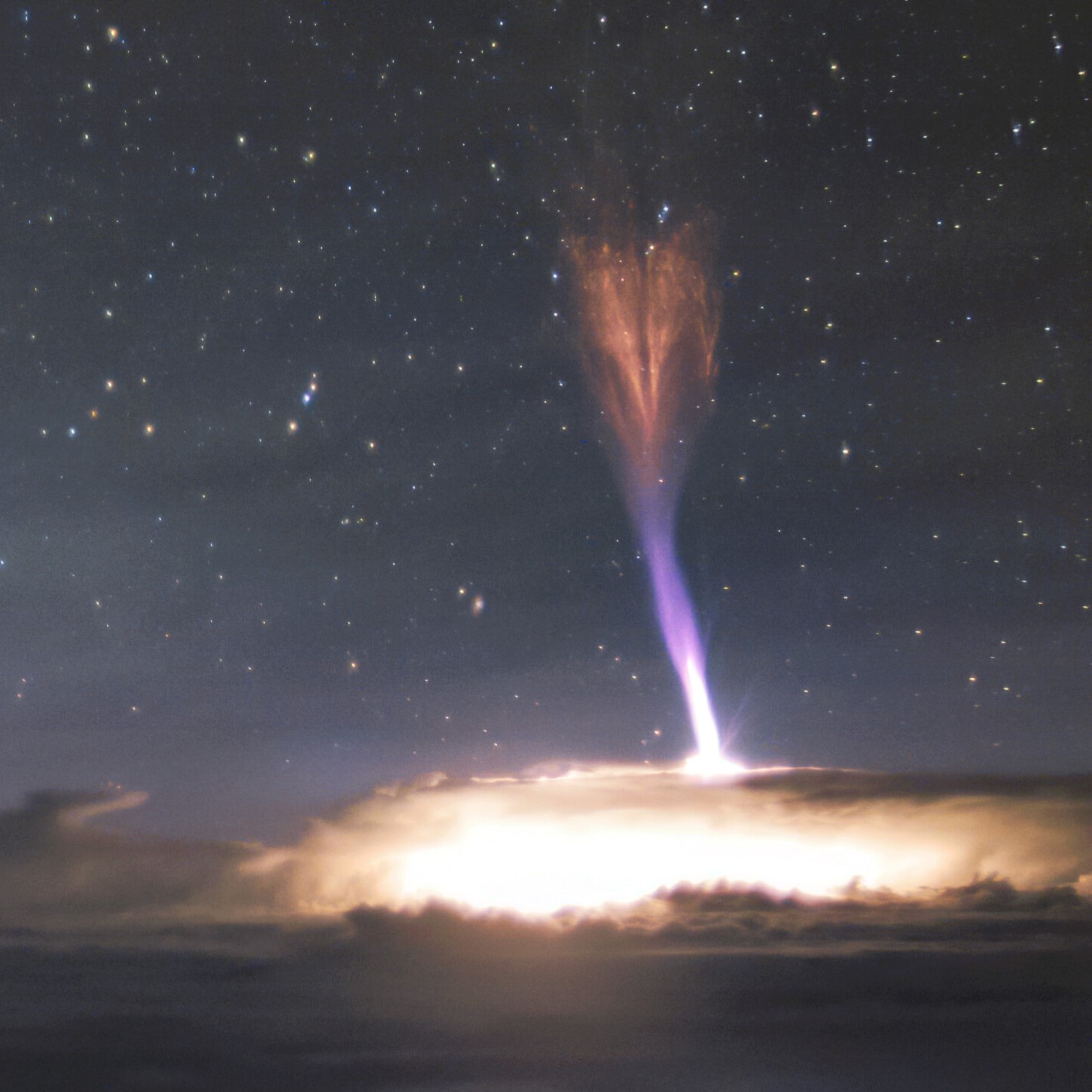
A newly unveiled astronaut photo shows a “gigantic jet” shooting upward from a thunderstorm above Louisiana in November 2024. Gigantic jets, which are relatively rare, reach higher altitudes than blue jets (up to 70 km), and the upper portion of the jet changes colour from blue to red. These spectacular displays create towering columns of electrical discharge that can stretch more than fifty miles into the atmosphere. On 15 February 2024, photographer JJ Rao (Nature by JJ) captured a gigantic jet in high-resolution slow-motion video from Derby, in the Kimberley Region of Western Australia. The rarity and dramatic appearance of gigantic jets make them among the most sought-after lightning phenomena for both scientists and photographers.
Ball Lightning: The Floating Orbs of Mystery

Ball lightning is a rare and unexplained phenomenon described as luminescent, spherical objects that vary from pea-sized to several meters in diameter. Though usually associated with thunderstorms, the observed phenomenon is reported to last considerably longer than the split-second flash of a lightning bolt. For centuries, people have reported sightings of slowly rotating balls of light – often about the size of a grapefruit – floating above the ground during electrical storms. Sometimes the ball passes through a closed window or appears in the middle of a room, but almost always, it blinks out of existence after about 10 seconds. A possible ball lightning event was recorded near Rich Valley, Alberta at approximately 19:00 LT on July 2, 2025, during a thunderstorm with active lightning. Scientists continue to debate whether these mysterious orbs are real phenomena or optical illusions, though recent recordings have provided compelling evidence for their existence.
Volcanic Lightning: Nature’s Fireworks Show
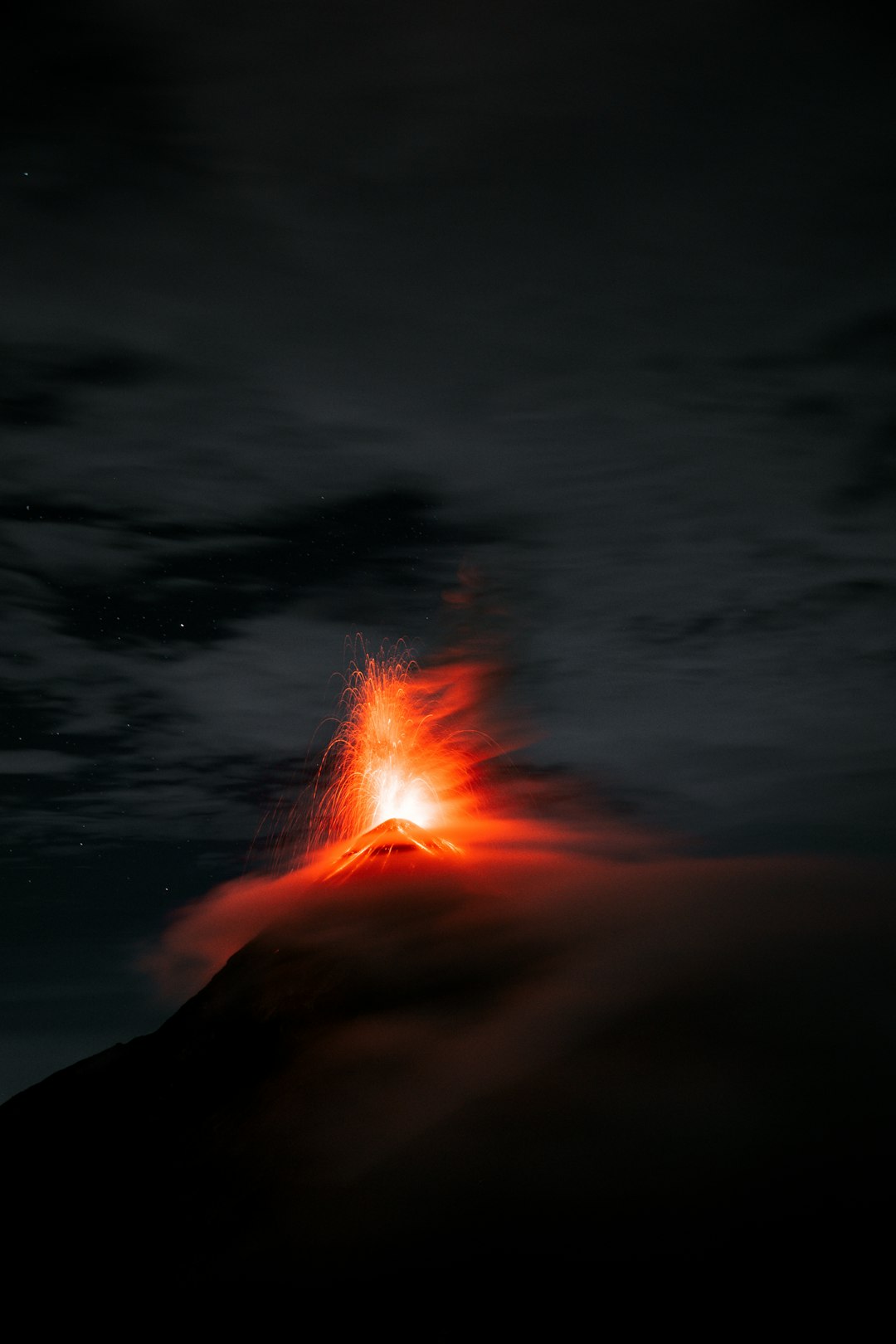
Volcanic lightning is the result of static electricity generated by the collision of ash particles in the plume of an erupting volcano. The volcano erupts and puts a lot of ash particles into the atmosphere that’s electrostatically charged and interacting with one another. The most intense lightning storms on Earth occur in volcanic clouds. Roman historian Pliny the Younger wrote about “the transient blaze of lightning” in the volcanic plume of Mount Vesuvius as it consumed Pompeii in 79 A.D. Lightning within the ash cloud can heat the air to 54,000 degrees Fahrenheit (30,000 degrees Celsius) for a few millionths of a second, melting the glass particles. This extreme heat creates tiny glass spheres that fall to earth like microscopic crystal balls, providing lasting evidence of these dramatic electrical displays.
Terrestrial Gamma-Ray Flashes: Dark Lightning
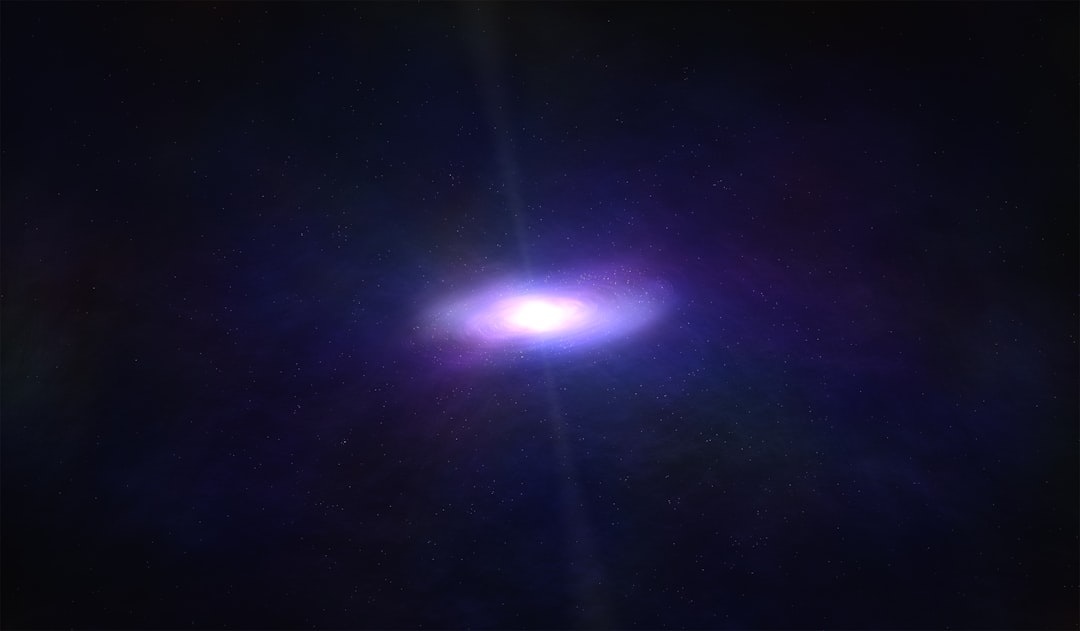
More than a decade ago, scientists unexpectedly discovered thunderstorms could generate brief but powerful bursts of gamma rays, the highest-energy form of light. These so-called terrestrial gamma-ray flashes are so bright that they are able to blind sensors on satellites many hundreds of miles away, and can actually create antimatter. Researchers suggest the flashes are caused by an extreme form of lightning called “dark lightning,” since it generates very little visible light. Normal lightning involves slow electrons – in contrast, dark lightning involves high-energy electrons. Also known as TGFs (terrestrial gamma-ray flashes), they became known as the most energy-packed lights on Earth. TGFs are born when lightning excites atmospheric particles to the point that they emit radiation. These invisible but incredibly powerful flashes represent one of the most energetic phenomena occurring naturally on our planet.
Catatumbo Lightning: The Everlasting Storm
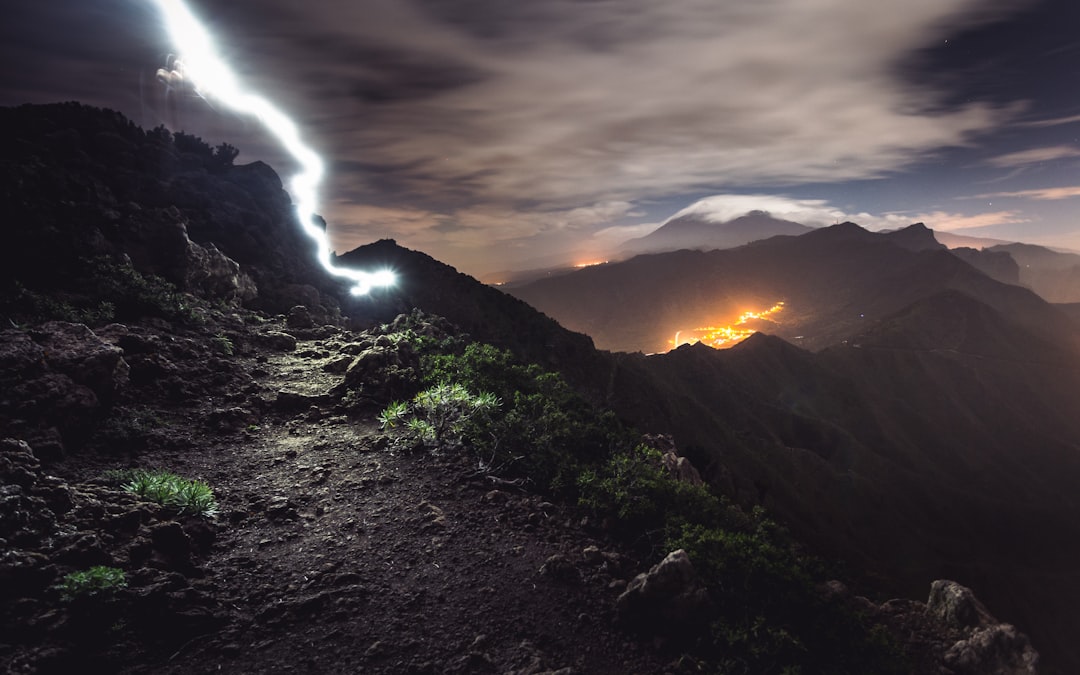
Between 140 and 160 days each year, the Catatumbo River is blanketed by a consistent lightning storm that seems to hover in place over the bog area where the river enters the lake. This lightning display is unique for its consistency and frequency, with the storm clouds producing as many as 40 different lightning bolts each minute. This frequency makes the Catatumbo River by far the most lightning-dense area in the world. Even more mysteriously, the lighting in these storm clouds behaves in some unusual ways. Located near Venezuela’s Lake Maracaibo, this natural phenomenon has been described as the closest thing to a natural fireworks show anyone will ever see. The persistent nature of these storms creates an almost supernatural atmosphere that has mystified locals and scientists for generations.
Positive Lightning: The Bolt from the Blue
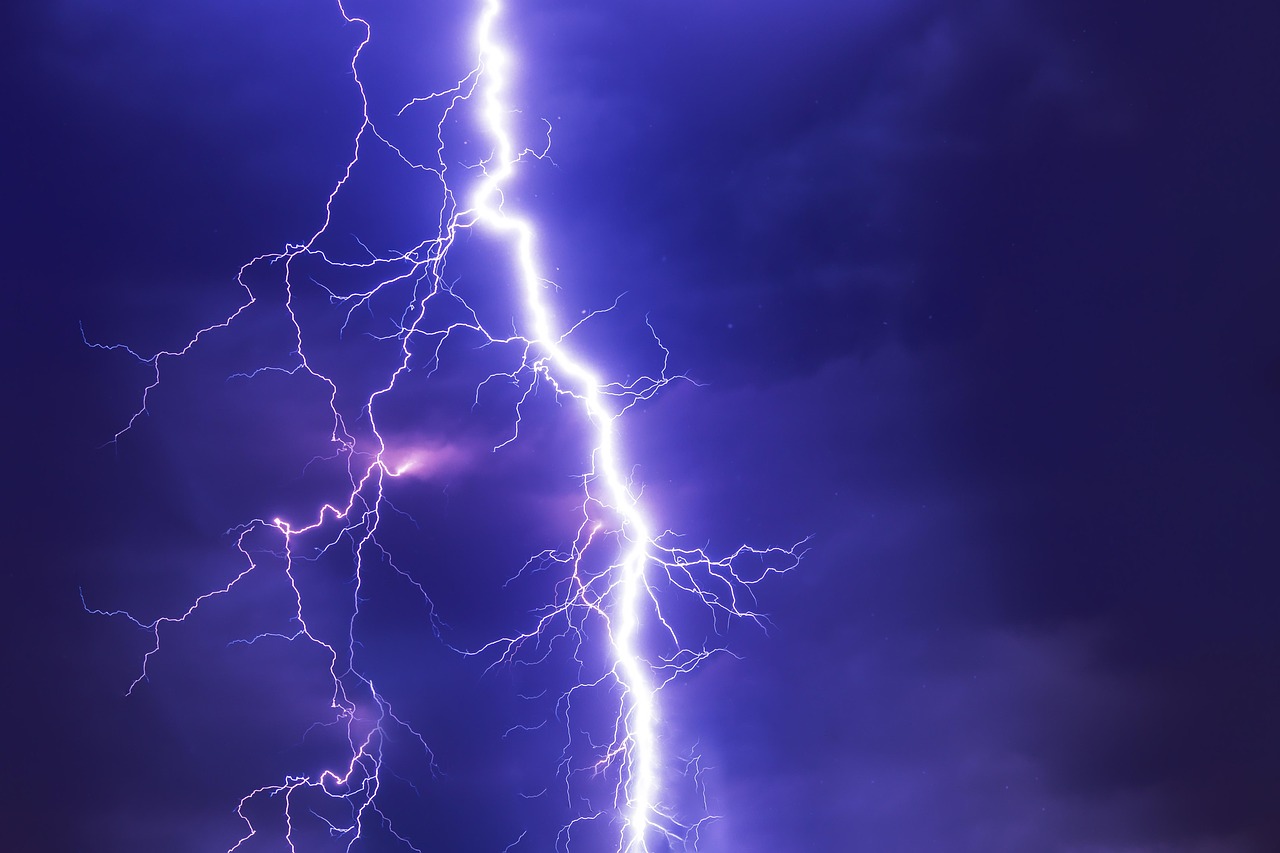
Positive lightning makes up only 5 to 10 percent of the lightning you see. It comes from the positively charged particles that gather at the top of a cloud, which usually just end up connecting with the negatively charged ones at the bottom. But when those get out of the way, like at the end of a storm or in a strong wind, positive lightning can strike the ground. There’s a reason it’s referred to as a “bolt from the blue” – it often comes in clear skies. Positive lightning is less common than negative lightning and on average makes up less than 5% of all lightning strikes. Positive lightning has also been shown to trigger the occurrence of upward lightning flashes from the tops of tall structures. This rare form of lightning is significantly more powerful and dangerous than its negative counterpart, capable of carrying up to ten times more electrical charge.
Fire Lightning: Born from Flames
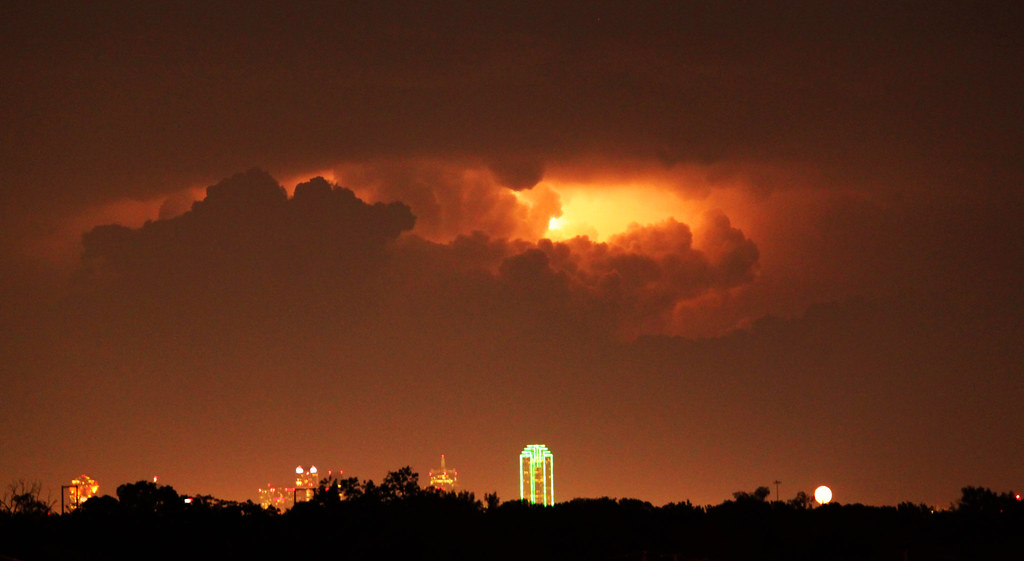
Intense forest fires, such as those seen in the 2019–20 Australian bushfire season, can create their own weather systems that can produce lightning (also called Fire Lightning) and other weather phenomena. Intense heat from a fire causes air to rapidly rise within the smoke plume, causing the formation of pyrocumulonimbus clouds. Cooler air is drawn in by this turbulent, rising air, helping to cool the plume. The rising plume is further cooled by the lower atmospheric pressure at high altitude, allowing the moisture in it to condense into cloud. These fire-generated storms create a deadly cycle where lightning strikes can ignite new fires while the existing fire continues to fuel the storm system. The phenomenon represents nature’s most dramatic example of how extreme heat can literally create weather, turning a simple fire into a self-sustaining electrical storm system.
Upward Lightning: When Earth Strikes Back
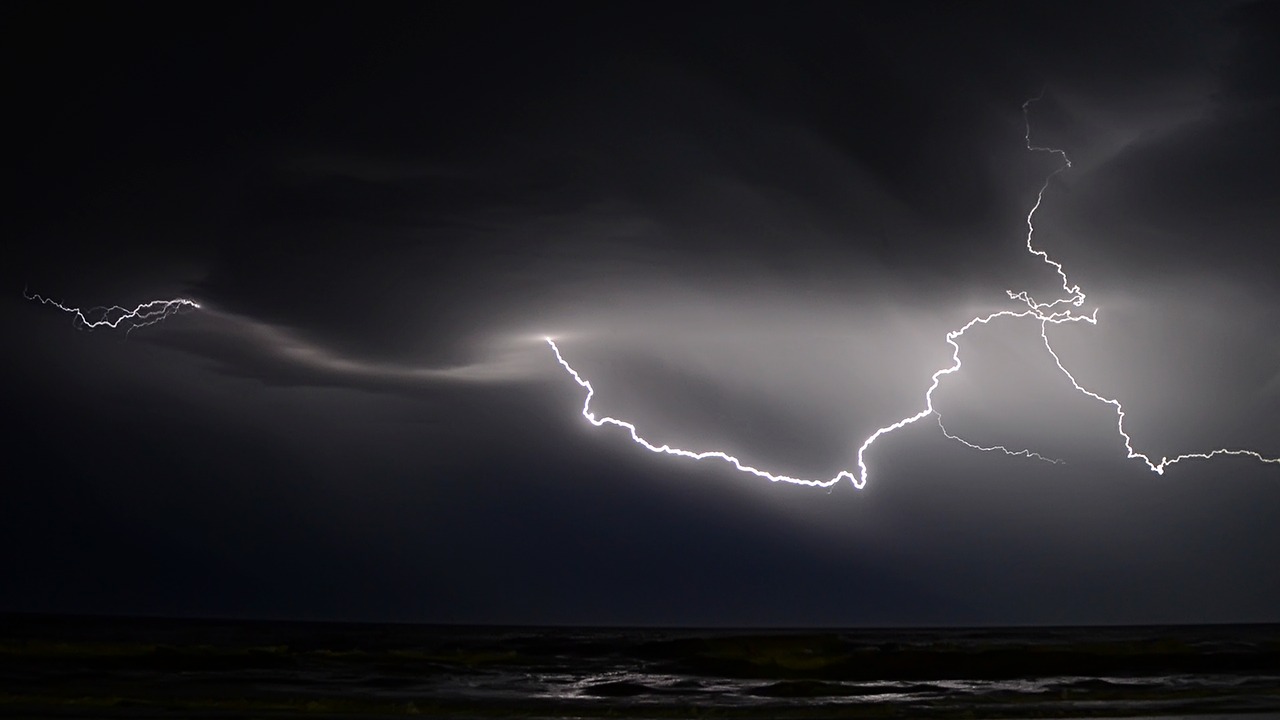
Positive lightning has been shown to trigger the occurrence of upward lightning flashes from the tops of tall structures and is largely responsible for the initiation of sprites several tens of kilometers above ground level. Unlike conventional lightning that travels from cloud to ground, upward lightning begins from elevated structures such as tall buildings, towers, or mountain peaks and travels upward toward the clouds. This phenomenon typically occurs when the electrical field between the ground and clouds becomes so intense that the earth’s surface essentially “reaches up” to complete the circuit. The visual effect is stunning, as observers can watch electrical discharge streams climbing skyward like reverse waterfalls of light. This type of lightning is particularly common around skyscrapers and radio towers during severe thunderstorms.
Lightning-Induced Volcanic Glass Spheres
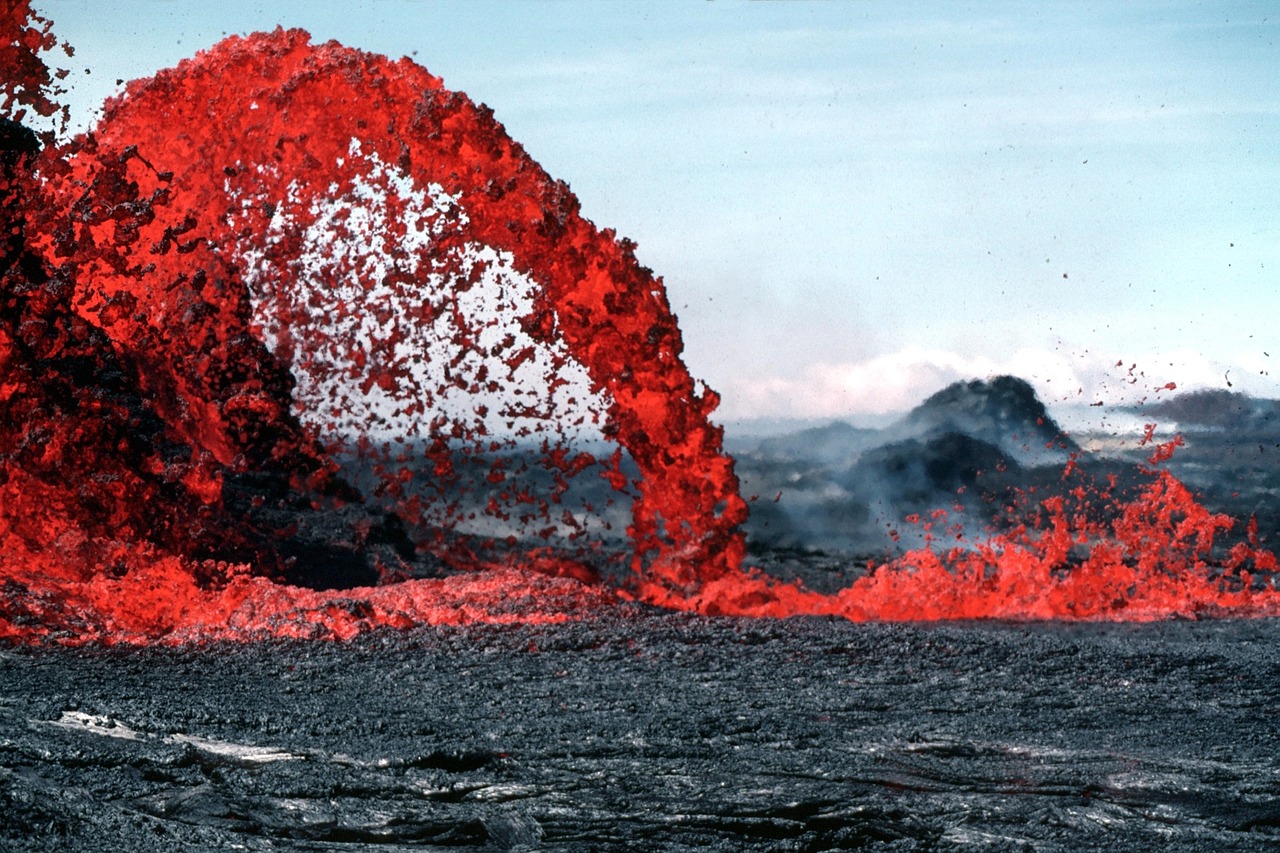
Researchers recently discovered smooth glass spheres in ash from explosive volcanic eruptions. Kimberly Genareau, a volcanologist at the University of Alabama, first spotted the orbs while scanning ash from Alaska’s 2009 Mount Redoubt eruption with a powerful microscope. Genareau and her colleagues said they think the lightning displays forged the glass balls from particles of volcanic glass. Lightning within the ash cloud can heat the air to 54,000 degrees Fahrenheit (30,000 degrees Celsius) for a few millionths of a second, melting the glass particles. The round spherules from Mount Redoubt and Eyjafjallajökull are only 50 microns across (1/25,000th of an inch), hundreds of times smaller than the spherules that can be ejected during meteorite impacts. These microscopic glass beads serve as permanent evidence of the incredible temperatures and forces generated when lightning strikes volcanic ash clouds, creating tiny works of art from nature’s most violent displays.
The ISS Lightning Laboratory
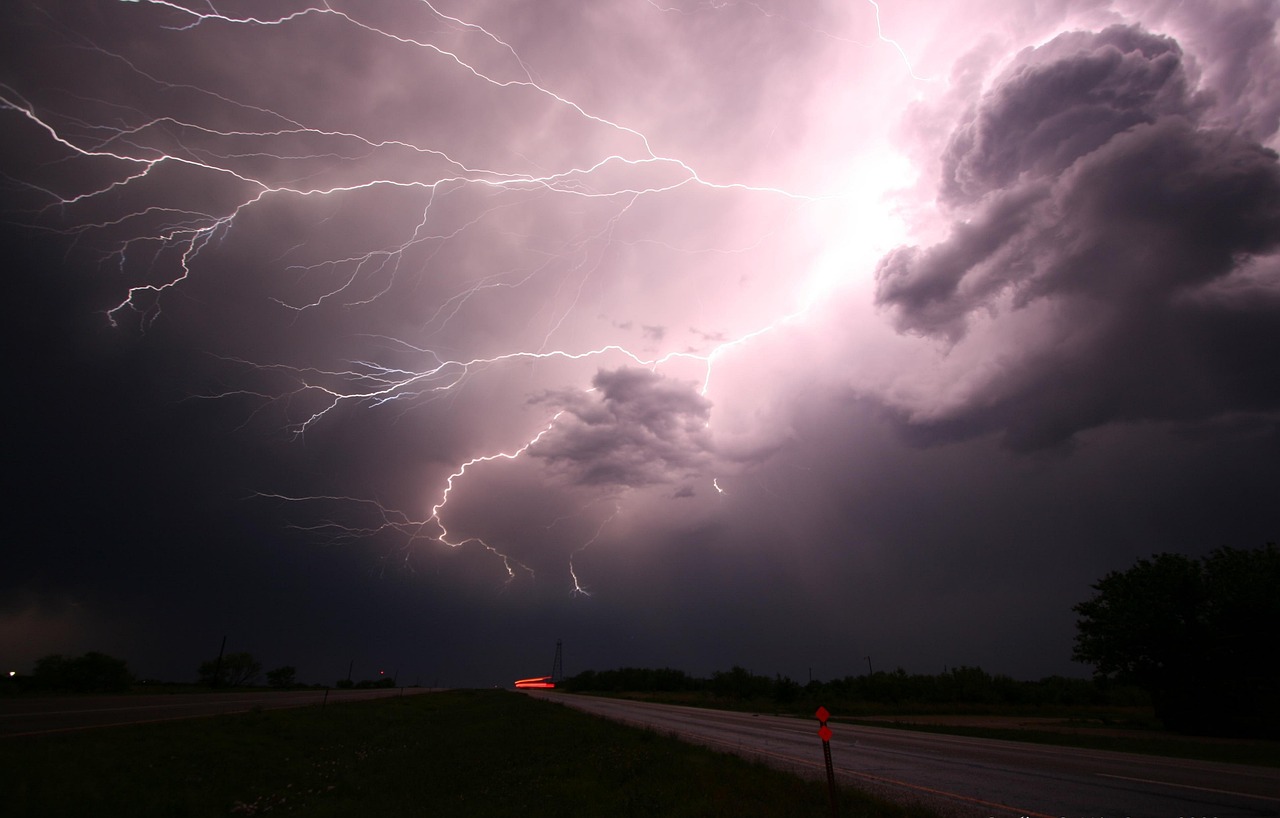
A US astronaut aboard the International Space Station (ISS) recently caught a glimpse of one of Earth’s least understood atmospheric phenomena. While orbiting in the early hours of July 3, Nichole “Vapor” Ayers snapped a photo of a transient luminous event, as she passed over North America. ASIM includes a bundle of instruments such as photometers (which measure light intensity), optical cameras, and an X-ray and gamma-ray detector. ASIM was delivered to and installed on the space station in 2018 to seek electrical discharges during Earth’s storms. The ASIM study is conducted by an international science team of more than 80 research groups from 30 countries coordinated by Prof. Torsten Neubert from the Technical University of Denmark. The unique vantage point of space provides scientists with an unobstructed view of these upper atmospheric phenomena, allowing them to study lightning types that are impossible to observe from ground level due to cloud cover and atmospheric interference.
The most unusual types of lightning on Earth continue to reveal new secrets about our planet’s electrical nature. From the dancing red sprites high above thunderclouds to the mysterious ball lightning that seems to defy physics, these phenomena remind us that even in our age of advanced science, the atmosphere still holds countless mysteries waiting to be discovered. Each lightning type tells its own story about the complex electrical relationships between earth, atmosphere, and space.

